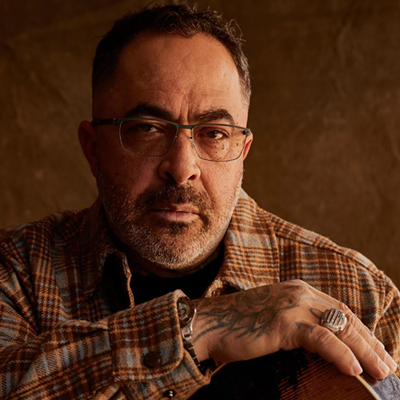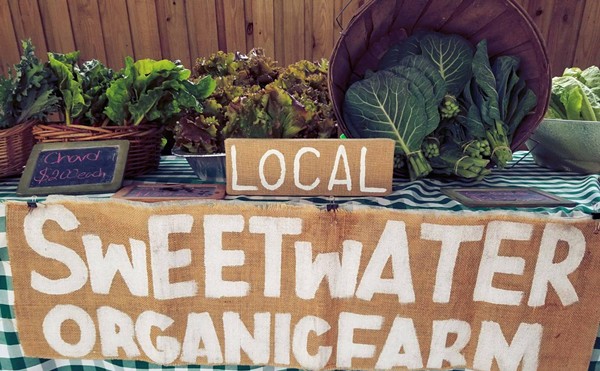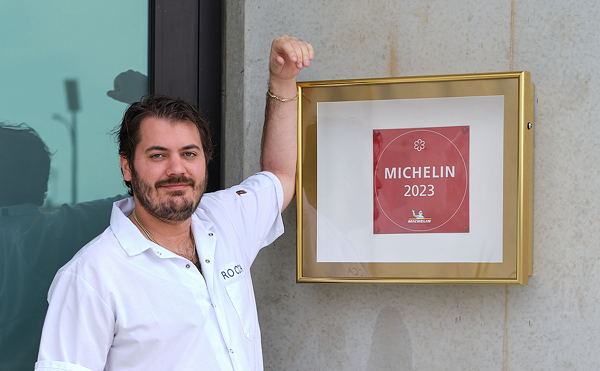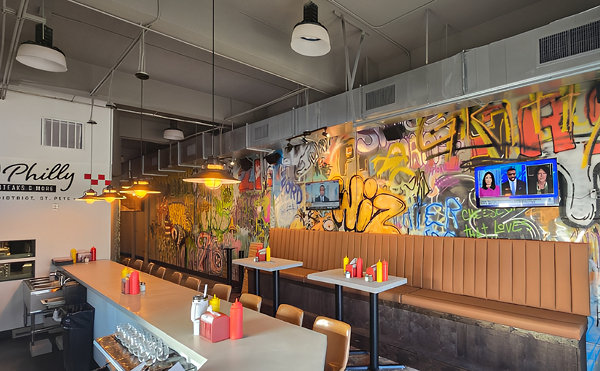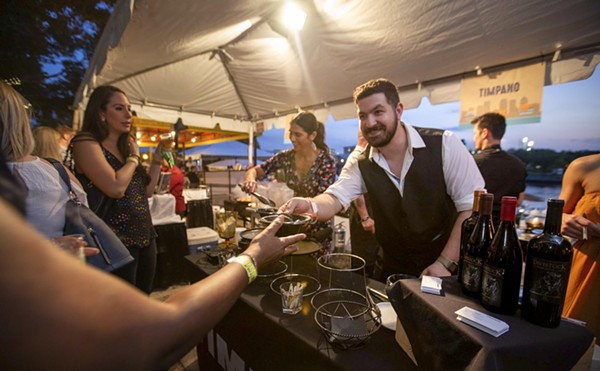Have you ever had a plant die and wonder what you did wrong? You fed it, watered it and talked to it, yet it withered away anyway.
Grapegrowers deal with this everyday. Their livelihood hinges on being able to find a grape's triumphant home. And since they get only one shot a year to experiment, the search is painstaking and rather expensive. Old World France, Italy and Germany have had hundreds, sometimes thousands, of years to uncover the perfect place for their fruit, but the United States is playing catch-up.
In wine-geek lingo, that perfect place is defined by its "terroir" [tair WAHR]. Originating from French, the un-translatable word encompasses all the natural factors involved in grape-growing — sun, rain, altitude and soil characteristics. These elements essentially define the unique soul of each grape grown in that place. Terroir is why the French divided up their land long ago into quality-designated plots, since they realized fruit from one vineyard often has a different personality from those 50 yards away. They call these plots "appellations," and in the U.S., we call them "American Viticultural Areas" (AVA). This complicated idea has a purpose. It assures a wine buyer of quality and consistency, since grapes are the raw material in any bottle. It makes sense, in a having-to-learn-so-much pain-in-the-ass sort of way.
Only in the past 30 years have New World grape growers begun to learn the terroir of their land, so the concept is somewhat pubescent. According to AppellationAmerica.com, there are currently 183 AVAs in the United States, ranging in size from 9,000,000 acres (Texas Hill Country) to 2,000 acres (Knights Valley in Sonoma County). Sunny Napa Valley boasts plenty of well-known AVAs, like Oakville, Rutherford and Stag's Leap — with weather and soil perfect for their world-renowned cabernet sauvignon and merlot. Although you'll pay a disgustingly high price, these AVAs listed on a label assure a tasty wine.
Shooting for the honor of a government-issued AVA saddles growers with mountains of paperwork and hassle (I heard about one AVA application that weighed in at 180 pages), not including the regulations required to market the AVA. If a Sonoma winery prints "Sonoma Valley" on a label, 85 percent of the grapes in the bottle must originate in that region, or the winery could face serious fines. Same goes for the sub-AVAs in Sonoma County, like Russian River or Dry Creek Valleys. Both of these places have unique cool, ocean-influenced climates, where pinot noir and chardonnay thrive. The terroir differs enough in these areas that they merit their own AVA.
This is happening all over California.
Venture south to Santa Barbara and you'll find the Santa Maria Valley, Santa Ynez Valley and Santa Rita Hills AVAs. This region is a perfect example of why such designations should exist. The weather in hilly Santa Barbara can differ 20 degrees between grape-growing areas, so growers established sub-AVAs within Santa Barbara to delineate the difference. Cooler Santa Maria Valley and Santa Rita Hills produce full-bodied, yummy pinot noirs and chardonnays, whereas the warmer climate of Santa Ynez creates deliciously ripe Syrah.
Maybe it's not exact yet, but our AVA system is making progress toward letting us know where the good stuff is. That way, we can follow our tastebuds to the checkout counter.
Recommended Wines
Byron 2004 Pinot Noir Santa Maria Valley Bright cherry laced with some earthy dirt flavors. Light, yet gutsy. Enjoyable, flavorful. Sw = 1. $22. 4 stars
Mount St. Helena 2003 Cabernet Sauvignon Napa Valley Smells like pine kindling and bursts into a ripe, red raspberry and other vanilla-infused, red berry fruit. Has some tart acidity and an intriguing smoky aftertaste. Sw = 1. $25. 3.5 stars



